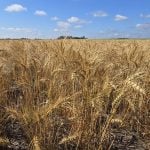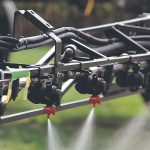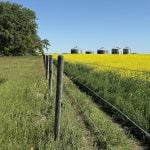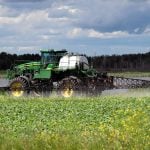An election year can present challenges to commodity groups lobbying in support of their members, and the largest beef association in the United States is counting on this.
The Washington, D.C. staff of the National Cattlemen’s Beef Association (NCBA) reported on several recent policy wins Thursday morning at the Cattle Industry Conference and NCBA Trade Show in San Antonio, Texas. However, there are plenty of upcoming challenges on their radar and a lot to do before members of the U.S. Congress turn their attention to re-election this fall.
Read Also

Effect of wildfire smoke on respiratory health in beef cattle
Of all domesticated species, cattle have the smallest relative lung capacity, making them particularly vulnerable to wildfire smoke.
“We are off and running in the campaign season. We have our first caucus behind us, and that is going to dominate headlines for the rest of the year,” said Ethan Lane, vice president of government affairs for NCBA.“But we’re still going to see some regulatory action, we’re still going to see some movement on some issues and we need to keep our foot on the gas.”
Lane and other NCBA staff provided conference attendees with an update of the association’s recent work in the U.S. capital in areas such as transportation, traceability and natural resources. Among the victories lauded by the NCBA team included several recent trade agreements, including the bilateral agreement with Japan to lower the tariff on U.S. beef from 38.5 per cent to nine per cent.
“Our tariff is now on level playing field with all our major competitors in the Japanese market,” said Lane, noting that Japan is the biggest export market for U.S. beef, representing $2 billion prior to the reduction of the tariff.
“So be thinking about that when you hear about trade, when you hear about fake meat, when you hear about environmental regulations. Be thinking about the fact that those discussions are leading into almost every issue we deal with in Washington, D.C. We’re at a point where we don’t get a choice between engaging and not engaging. We have to choose how to engage.”
NCBA checkoff and policy committee meetings throughout the afternoon dove deeper into current challenges and opportunities related to topics such as animal health, federal lands and marketing. As well, regional meetings highlighted issues facing each of the association’s seven regions. The day also included the annual CattleFax outlook seminar, providing a U.S. market forecast for 2020 and delving into the domestic and international factors influencing the cattle market.

















